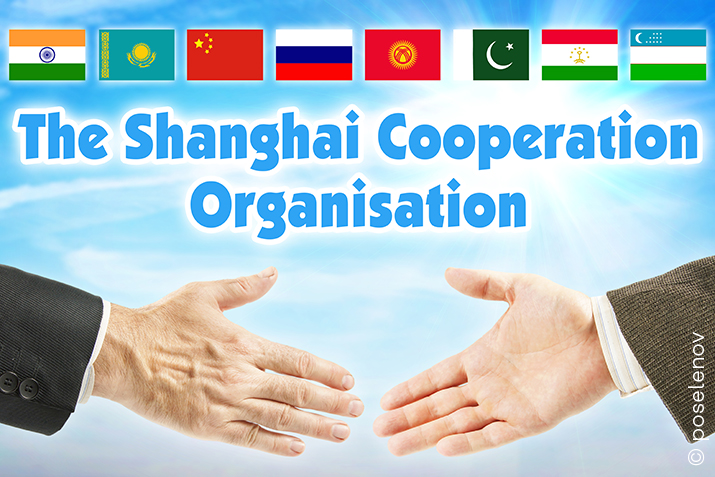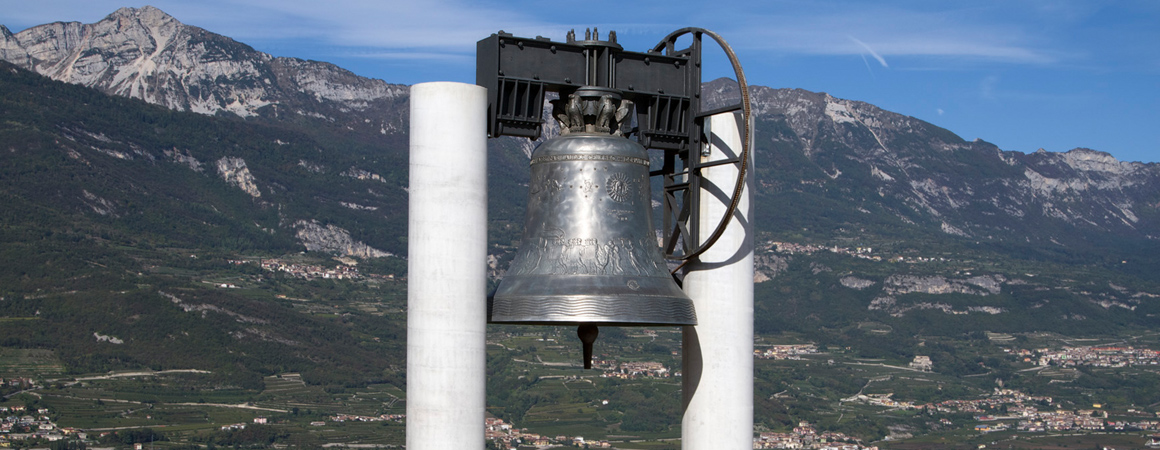The People’s Republic of China (PRC) has recently been at the centre of two events that, thanks in part to extensive media coverage, have once again drawn the attention of global leaders and public opinion to the “Asian dragon,” the world’s second-largest country in terms of population and economic power.
In chronological order, at the end of August, the annual summit of the Shanghai Cooperation Organisation (SCO), established in 2001 through a joint initiative by China, the Russian Federation, and four Central Asian countries, was held in the city of Tianjin .
Originally a purely regional entity, it has now 'risen' to become a fully-fledged multilateral entity, with some 30 participants, including full members (with India, Iran and Pakistan among the new entries) and observers, almost all of whom were represented at the highest level at this important Chinese event.
In absolute terms, the SCO accounts for roughly 40% of the global population and 25% of the world economy. On closer examination, these figures are not far off those of better-known and more established international fora, such as the G7 and G20.
The second event took place in Beijing just a few days later (3 September), on the 80th anniversary of China's victory in the war of liberation against Japan, and consisted of an impressive military parade, skilfully orchestrated by President Xi Jinping, in which the most modern weapon systems of the country's armed forces were proudly displayed. Alongside thousands of military personnel, the most sophisticated means of attack, such as intercontinental nuclear missiles and stealth fighters, were part of the choreography.
While foreign participation in the two mega-events was nearly identical in terms of numbers (around 30 countries present), there were significant differences in the composition of participants at the two locations. Indian Prime Minister Narendra Modi, who attended the Tianjin summit, notably refrained from participating in the military parade on Chang’an Avenue. In contrast, North Korean “Respected Marshal” Kim Jong-un made a conspicuous appearance, having travelled to Beijing on his famously slow—but, crucially, indestructible—armoured train, accompanied by his Iranian counterpart Pezeshkjan.
The aspects of the SCO summit that are likely to be remembered historically will certainly not be the modest concrete outcomes of the working meetings, which can be summarised in a few joint statements on Iran and Gaza, the establishment of a joint development bank, and several agreements on military cooperation, trade, and agriculture. On the other hand, those that will remain etched in the collective memory for a long time will be, on the one hand, the Russian/Chinese bilateral energy agreement, which resulted in the construction of a new gas pipeline called 'Power of Siberia 2', intended to double the annual volume of Russian supplies to Beijing, which will approach 100 billion cubic metres. On the other hand, the images of Xi Jinping, Narendra Modi and Vladimir Putin engaged in what at least appears to be a relaxed three-way conversation on the sidelines of the proceedings, relayed by the world media and carefully analysed by experts have garnered attention. These are peppered with undoubtedly unusual diplomatic 'details', such as the prolonged conversation between the 'Tsar' and the Indian Prime Minister that did not take place in a conference room in the presence of their respective delegates, but one-to-one, in the former's armoured limousine.
Obviously, many aspects that came to light in Tianjin and Beijing may be worthy of further investigation. As for our analysis, we will limit ourselves to a few observations, focusing on the trio of leaders mentioned above and the 'notable absentee', US President Donald Trump.
Starting from the hosts, China's role and, in particular, Xi Jinping's own leadership, emerge clearly strengthened, since it has gathered around it a significant number of representatives from the 'Global South', the geographical area China aspires to lead as soon as possible, in a distinctly anti-Western capacity, including through progressively controlling the key UN agencies. With the signing of the above-mentioned energy agreement, whose terms are widely seen as disadvantageous for Moscow and advantageous for China, Xi Jinping has also increased the asymmetry in the relationship with the Russian Federation effectively pushing the latter increasingly, and some might say, inexorably, into China’s orbit.
Oblivious (intentionally or not) to this threat, Vladimir Putin can in turn take satisfaction in having emerged, perhaps definitively, from the isolation that had characterised the period immediately following Russia's aggression against Ukraine. By comparison, the chilly demeanour of both Xi Jinping and Modi at the SCO summit in Samarkand in September 2022 is clearly visible in the archival footage. The unexpected ceremonial welcome—with red carpet and a vigorous handshake—extended to him by the US President at the Anchorage meeting in August undoubtedly served to reopen a series of doors for the Kremlin leader that had previously been hanging by a hinge.
Narendra Modi, for his part, openly wished to demonstrate that a policy of tariffs as aggressive as the one adopted by the US administration towards his country would not bend India, which makes its autonomy in decision-making one of the hallmarks of its international action. Hence the Indian PM's decision to make a trip to China, a full seven years after the previous one, not surprisingly limited to the multilateral segment of the SCO. On this basis, any hypothesis of a Sino-Indian rapprochement appears decidedly misplaced, given the competing interests of the two capitals across the Asian continent and the Indo-Pacific region, as well as the unresolved border disputes, which occasionally flare into armed conflict (most recently in 2020 in the Gaiwan Valley, part of disputed Kashmir).
In our comments, we have saved for last, not by chance, the “stone guest,” Donald Trump, whom we consider the true loser across the board. None of the goals the tycoon had set from the White House (or the golf courses of Mar-o-Lago...) seem close to being realised. Certainly not the reduction of China’s global influence, which, on the contrary, appears set to expand further; certainly not the prolonged international isolation of Putin, who has now been reinstated among the world’s powerful, thanks in part to the aforementioned resounding “own goal” in Anchorage; and finally, certainly not India’s renunciation of Russian oil purchases at highly advantageous prices, a vital resource for sustaining its rapidly growing economy, now the fifth-largest in the world.
Since, however, in politics nothing should be taken for granted or considered definitive, the American President's 'star' could shine again, and brightly too, if, as most hope, the agreement he has strongly pursued which has so far led to the ceasefire in Gaza, the release of the hostages still in the hands of Hamas and the withdrawal of the Israeli army from a large part of the Strip should, within a 'reasonable' timeframe, so to speak, lead to a real Peace agreement, a necessary premise also to give substance to the objective of 'two peoples, two States'. If this is indeed the case, and even if he does so on a course marked by highly questionable behaviour and decisions, we will have to acknowledge that the tycoon has done everything in his power to pursue, on the international stage, one of the objectives he had always declared a priority since his inauguration in the White House. President Zelensky’s invitation to him to focus, at this point, as a priority, on the Russian/Ukrainian dossier appears in fact not to be a rhetorical invocation but rather a qualified acknowledgement of his mediation skills
Reggente Marco Marsilli, Foundation President









